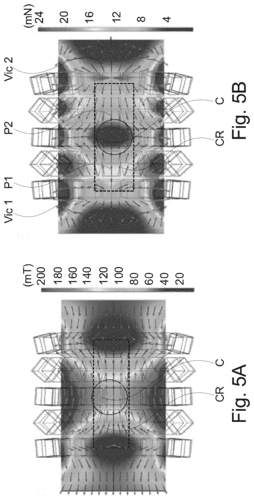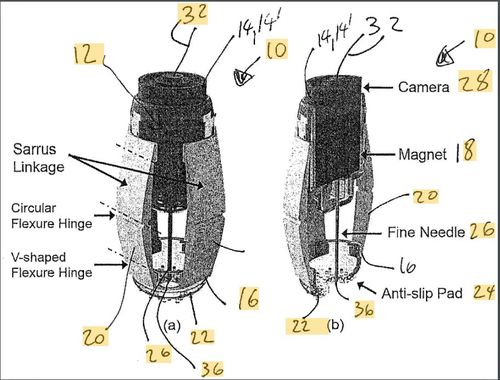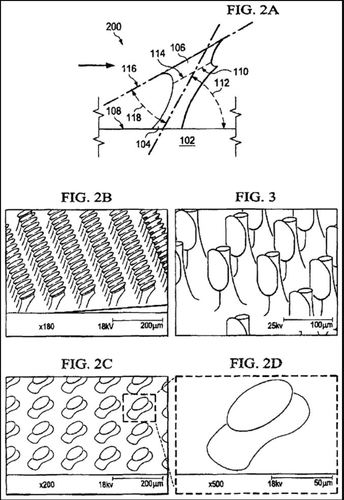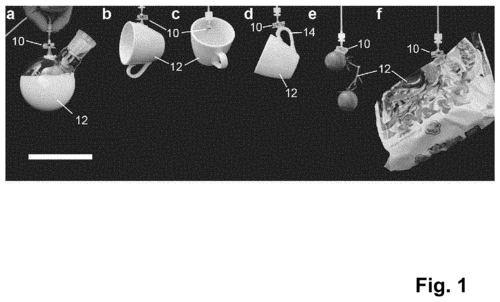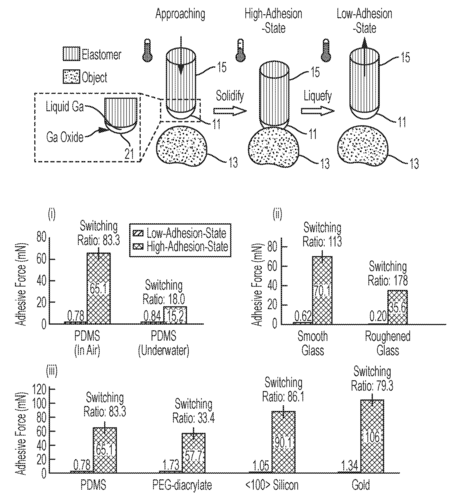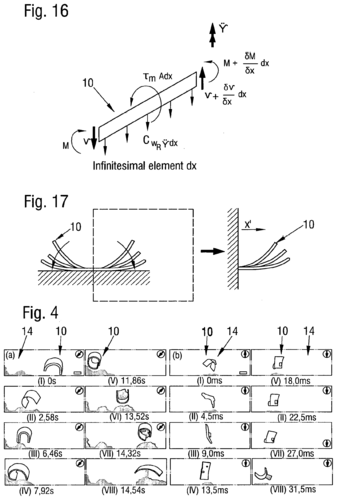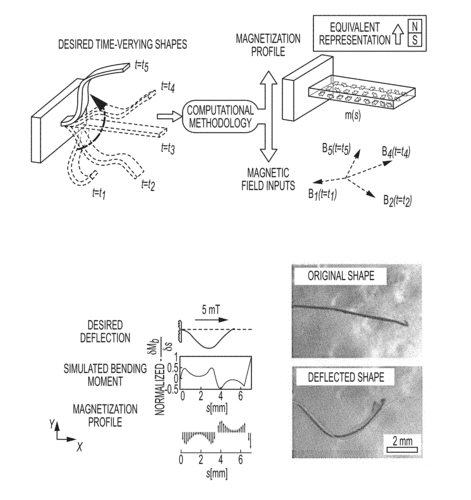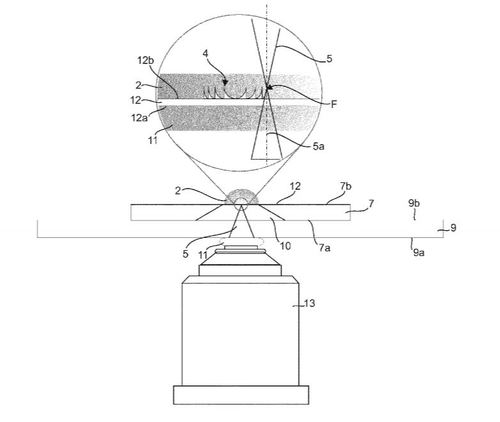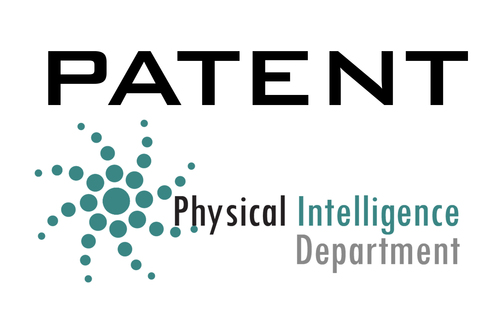Carrier, use of a carrier, method of activating a carrier and method of making a carrier
Microfibers with mushroom-shaped tips for optimal adhesion
Sitti, M., Aksak, B.
2023, US Patent 11,613,674 (patent)
Magnetic trap system and method of navigating a microscopic device
Son, D., Ugurlu, M., Bluemer, P., Sitti, M.
2023, US Patent App. 17/871,598 (patent)
A Liquid Repellent Fibrillar Dry Adhesive Material and a Method of Producing the Same
2022
DRY ADHESIVES AND METHODS FOR MAKING DRY ADHESIVES
Metin Sitti, Michael Murphy, Burak Aksak
December 2022, US Patent App. 17/895,334, 2022 (patent)
Method of making one or more fibrils, computer implemented method of simulating an adhesive force of one or more fibrils and fibril
Heat assisted magnetic programming of soft materials
Light-triggered Drug Release from 3D-printed Magnetic Chitosan Microswimmers
Scientific Report 2016 - 2021
2020
Fibrillar structures to reduce viscous drag on aerodynamic and hydrodynamic wall surfaces
Castillo, L., Aksak, B., Sitti, M.
2020, US Patent 10,830,261 (patent)
Gripping apparatus and method of producing a gripping apparatus
Song, S., Sitti, M., Drotlef, D., Majidi, C.
Google Patents, February 2020, US Patent App. 16/610,209 (patent)
Method and device for reversibly attaching a phase changing metal to an object
Method of actuating a shape changeable member, shape changeable member and actuating system
Hu, W., Lum, G. Z., Mastrangeli, M., Sitti, M.
Google Patents, January 2020, US Patent App. 16/477,593 (patent)
Method of fabricating a shape-changeable magentic member, method of producing a shape changeable magnetic member and shape changeable magnetic member
Method for producing an XUV and X-ray diffractive optic
SANLI, U. T., Ceylan, H., Sitti, M., SCHÜTZ, G., Keskinbora, K.
2020, US Patent App. 16/979,121 (patent)
Microfibers with mushroom-shaped tips for optimal adhesion
Sitti, M., Aksak, B.
2020, US Patent 10,689,549 (patent)
2019
Method of assembling mobile micro-machines and a mobile micro-machine
Sitti, M., Yigit, M. B., Alapan, Y., Beker, O.
2019, International Application, Sep.2019, PCT/EP2019/075564 (patent)
Scientific Report 2016 - 2018
A liquid repellent fibrillar dry adhesive material and a method of producing the same
2017
Method of molding simple or complex micro and/or nanopatterned features on both planar or non-planar molded objects and surfaces and the molded objects produced using same
Sitti, M., Glass, P. S., Aksak, B.
2017, US Patent 9,566,722 (patent)
Methods, apparatuses, and systems for micromanipulation with adhesive fibrillar structures
Sitti, M., Mengüç, Y.
US Patent 9,731,422, 2017 (patent)
2016
Remotely addressable magnetic composite micro-actuators
Sitti, M., Diller, E., Miyashita, S.
February 2016, US Patent 9,281,112 (patent)
2015
Methods of forming dry adhesive structures
Sitti, M., Murphy, M., Aksak, B.
September 2015, US Patent 9,120,953 (patent)
Micro-fiber arrays with tip coating and transfer method for preparing same
Sitti, M., Washburn, N. R., Glass, P. S., Chung, H.
July 2015, US Patent 9,079,215 (patent)
Dry adhesives and methods for making dry adhesives
Sitti, M., Murphy, M., Aksak, B.
March 2015, US Patent App. 14/625,162 (patent)


